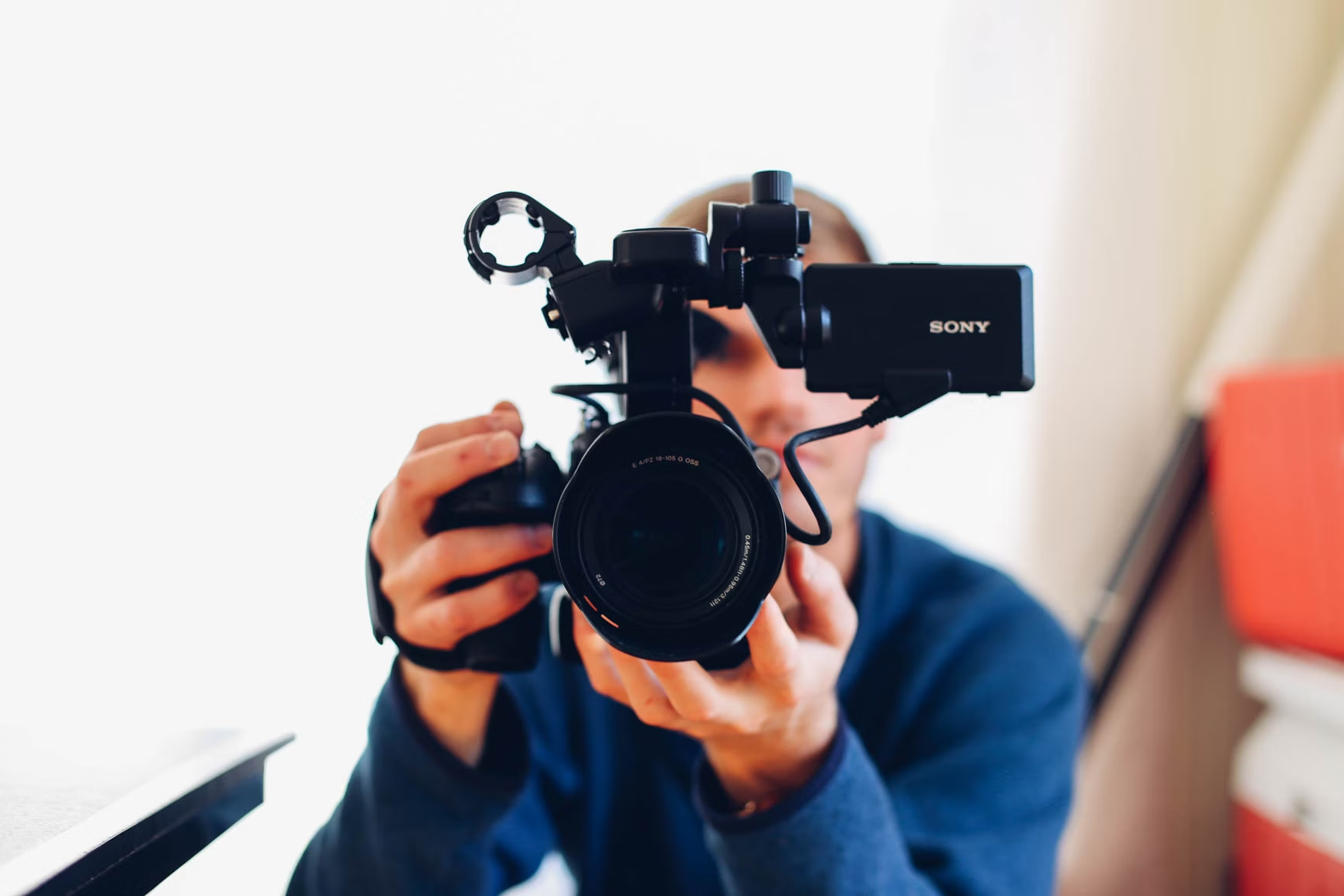Documenting your mission trip through photography is a powerful way to preserve memories, share your experiences, and raise awareness about the communities you serve. However, capturing meaningful photos requires more than just a good camera. Here are practical tips to help you document your mission trip effectively and respectfully.
1. Invest in the Right Gear
While you don’t need professional equipment to take great photos, having the right gear can make a difference. A DSLR or mirrorless camera offers better quality and versatility, but a high-quality smartphone camera can also work well. Consider bringing a lightweight tripod, extra batteries, and memory cards. If you’re traveling to remote areas, a waterproof or shockproof camera case can protect your gear from the elements.
2. Learn Basic Photography Skills
Understanding the basics of photography can significantly improve your photos. Learn about composition techniques like the rule of thirds, leading lines, and framing. Experiment with lighting, angles, and perspectives to create visually interesting shots. Practice using your camera’s settings, such as aperture, shutter speed, and ISO, to adapt to different environments. Even a little knowledge can go a long way in capturing stunning images.
3. Focus on Storytelling
Great mission trip photos tell a story. Instead of just taking random shots, think about the narrative you want to convey. Capture moments that reflect the daily lives, challenges, and triumphs of the community. For example, photograph children learning in a classroom, farmers working in the fields, or volunteers building homes. These images can help others understand the impact of your work and the realities of the community you’re serving.
4. Be Respectful and Ask for Permission
Respect is crucial when photographing people, especially in sensitive or vulnerable situations. Always ask for permission before taking someone’s photo, and explain how the images will be used. Be mindful of cultural norms and avoid photographing people in ways that could be considered intrusive or disrespectful. Building trust with the community will result in more authentic and meaningful photos.
5. Capture Candid Moments
While posed photos have their place, candid shots often tell a more genuine story. Capture people in their natural environments—laughing, working, or interacting with others. These moments reflect the true essence of the community and create a deeper emotional connection with viewers. Be patient and observant, and keep your camera ready to seize spontaneous moments.
6. Pay Attention to Lighting
Lighting can make or break a photo. Natural light is usually the best option, so try to shoot during the golden hours—early morning or late afternoon—when the light is soft and warm. Avoid harsh midday sun, which can create unflattering shadows. If you’re indoors, position your subject near a window or use a reflector to enhance the lighting. Experiment with different light sources to find what works best for your shots.
7. Include a Variety of Shots
A well-documented mission trip includes a mix of wide-angle, medium, and close-up shots. Wide-angle photos provide context, showing the environment and scale of your work. Medium shots focus on interactions and activities, while close-ups highlight details like facial expressions or hands at work. This variety creates a more dynamic and engaging visual story.
8. Edit Your Photos Thoughtfully
Editing can enhance your photos, but it’s important to keep them authentic. Use editing tools to adjust brightness, contrast, and color balance, but avoid over-editing or altering the reality of the scene. Apps like Lightroom or Snapseed are great for quick edits on the go. Remember, the goal is to showcase the community and your work honestly and respectfully.
9. Organize and Back Up Your Photos
Losing your photos can be devastating, so it’s essential to back them up regularly. Use cloud storage services like Google Photos or Dropbox to store your images securely. Organize your photos into folders by date, location, or project to make them easier to find and share. Regularly transferring photos to a laptop or external hard drive is also a good practice.
10. Share Your Photos Responsibly
When sharing your mission trip photos, be mindful of how they portray the community. Avoid images that exploit vulnerability or reinforce stereotypes. Instead, focus on photos that highlight resilience, hope, and the positive impact of your work. Use captions to provide context and credit the people in your photos whenever possible. Sharing responsibly ensures your images inspire and educate rather than harm.
By following these photography tips, you can document your mission trip in a way that honors the community, preserves memories, and inspires others to get involved. Whether you’re a beginner or an experienced photographer, these strategies will help you capture the heart and soul of your mission work. Happy shooting! 🌍✨
